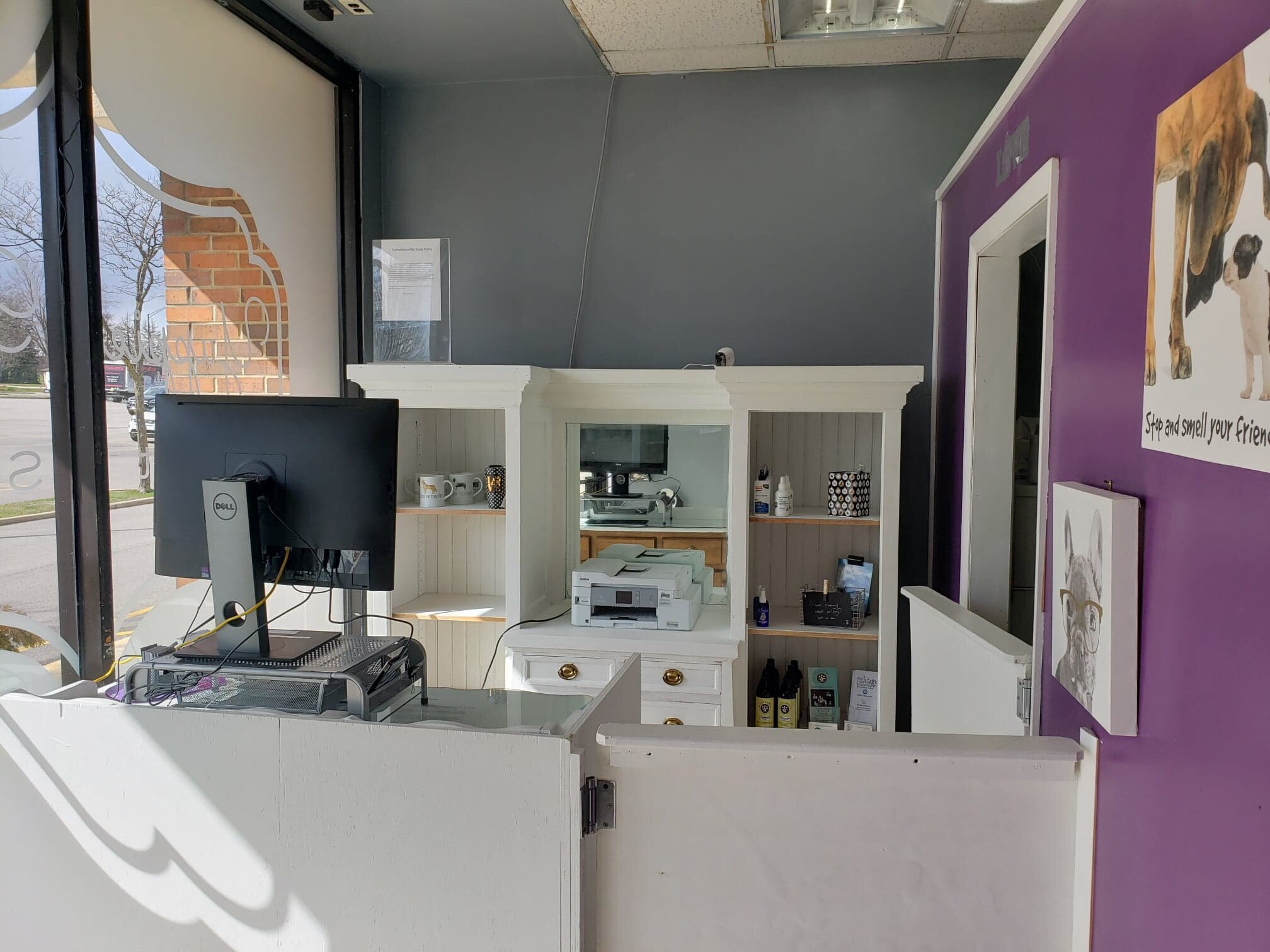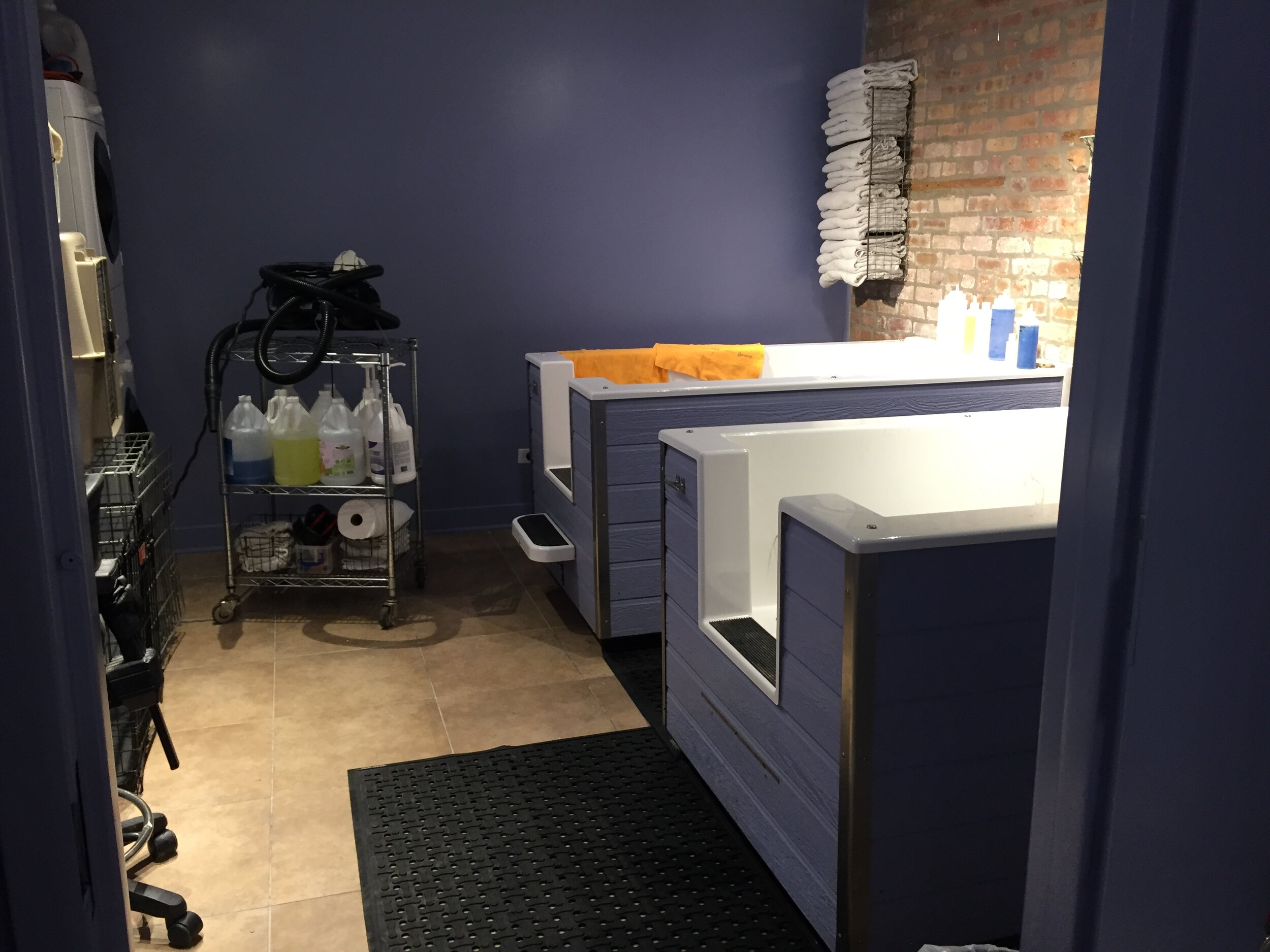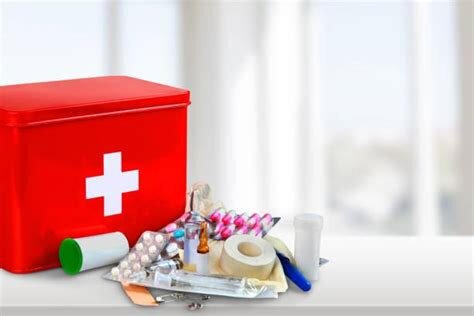Our Standards & Guidelines
Our IPPGA guidelines are universal in nature and go beyond individual style, methods and/or techniques (whether in general or breed-specific), safety and sanitation practices, and specific metrics, as these vary from breed to breed and situation to situation.
IPPGA abides by our Code of Ethics and the Standards of Care, Safety, and Sanitation as adopted by the Professional Pet Groomers & Stylists Alliance (PPGSA english / PPGSA espanol ).
PPGSA formed in 2014 with a universal goal to create a national uniformed care and safety standard for professional pet groomers. These standards have been adopted and are taught through all alliance member organizations’ certification and training programs. Alliance members include three major national dog grooming and styling associations, two major national cat grooming and styling associations, the major Canadian styling association, several state groomer groups, a nationally-accredited grooming school, allied trade organizations, major retailers who offer pet grooming and service providers.
IL Best Practices and Pandemic Protocol Guideline
Every type of grooming, no matter the business model, should provide a safe and healthy working environment for all personnel and the animals left in their care. Cleaning and sanitizing of the grooming area should be done on a routine schedule, and in most cases in-between each animal visit. Review the following:
safe business operations
The Facility must adhere to all local, state, and federal laws and pass inspection. In the event that any of the above regulations supersede the guidelines they should be followed.
General, liability, and workmen’s compensation insurance, when applicable, must be held.
Business owners are responsible for safe handling of all animals by employees including students, trainees or apprentices.
Groomer and Employee
All staff should follow IPPGA Code of Ethics and Standards.
All staff should follow OSHA standards.
Animal and Business Records
Maintain all business records for a minimum of seven years from the date of service and included:
Client and Veterinarian name, address, and phone number
services provided included dates
vaccine verification
animal housing
Animal housing must be in good condition, free of rust, door mechanisms in working order, pass government agency health standards, and be comfortable for the animal.
Only one animal may be housed in an enclosure at a time unless authorized by the animal’s owner. This excludes felines.
The room housing the enclosures must have adequate climate control. Good ventilation is needed for air quality and safety of the animal.
Any enclosure should be visible to personnel at all times to monitor the safety of the animal.
Each enclosure must be sanitized between uses.
Animals that are in the facility for longer than four hours must have access to fresh water and be able to relieve themselves. Check local codes.
grooming areas
All equipment must in good condition, safe, and sturdy.
regular maintenance to ensure good working condition
sanitize all tools after each use.
Table tops
non-slip surfaces.
cleaned after each use.
appropriate size for animals’ use.
grooming arms must be animal friendly and secure.
Animal restraints must be humane, appropriate
Bathing Area
Equipment must be in good condition, and safe for personnel and animals, and maintained on a regular schedule.
Tubs
easily accessible for all animals.
non-slip bottom surface and floor mats.
water temperature control for comfort of animals.
Products and/or chemicals comply with all applicable local, state and federal guidelines, rules and regulations and be used in an “animal safe” manner.
Dryers
should be maintained and in good working condition.
cage or box dryers must be used in a safe and humane manner.
heat setting must be turned off for any cage drying, and the animal must be closely and frequently monitored to ensure their safety and comfort.
hair removal and cleaning should be done routinely throughout the day.
Equipment Sanitation
All tubs, tables, surfaces, animal housing, and equipment should be sanitized after each use.
Sanitation spray bottles must be labeled in accordance with OSHA guidelines.
A deep cleaning schedule for sanitation must be posted and followed; which may include but is not limited to garbage cans, vacuums, floors, retail area, bathing area, grooming area.
Gloves should be provided for all personnel.
First aid
A certified staff member in animal first aid must be onsite.
The following basic First Aid Kit should include but is not limited to:
- eye wash kit for humans and animals
- gauze, bandages, butterfly sterile strips, and Band-Aids
- vet wrap
- gloves
- antibacterial gel or spray
- tourniquet
- mask for CPR
In the event of an emergency a local veterinarian must be contacted immediately; which should be posted for all personnel to quickly access.
for Animal Care
All animals, while in the care of the grooming professional, must not be left unsupervised. Groomers need to be up-to-date on all current animal handling procedures for the physical and emotional safety of each animal.
Bathing and Grooming
Records of each animal’s health needs and relevant behavioral and medical pre-existing conditions. will be communicated to personnel.
All animals will be closely and frequently monitored during the bathing and drying process.
Groomers and other personnel should be knowledgeable in the safe handling and management of animals as promoted by AVMA (see appendix) to include:
handling techniques.
pet restraints.
accepting animals from and returning them to owners and other transitions.
approach and retrieval techniques.
management of behavioral issues
Techniques and knowledge of brushing, combing, de-matting, bathing, and grooming by breed.
Products used must be based on breed and skin type.
Equipment used must be appropriate for breed.
Dog groomers are encouraged to continue their education including becoming certified by IPG, NDGAA, or ISCC.
for Emergency Plans
In the event of an emergency there must be a plan in place for the safety of all personnel and animals. No prevention is going to be without risk and all risks should be considered. Legal government mandates may change without notice and continue to check local, state, and federal guidelines. Business insurance and license may be in jeopardy while conducting business under a stop-work order.
Fire Evacuation Plan
Relocation Plan for all animals exiting to the outside of the facility.
Equipment including Leads and/or cages made available to securely transport animals outside to a designated area.
Backup system to contact animal owners.
Escape route layout posted on all exiting doors.
Animal Health Risk Plan
During an animal epidemic such as virus, parasites and bacterial infection to reduce risk of spread.
All appointments should include verification of wellness.
Stricter sanitation methods must be put in place.
Each animal must not come in contact with another animal.
Each cage, crate or pen must be sanitized and disinfected after each use.
Staff must wear appropriate Personal Protection Equipment (PPE) including at a minimum gloves and eye and/or face protection
Staff must wash hands after every any interaction with the animal.
Human Health Risk plan
(virus, parasites and bacterial infection)
In the event a serious illness is present in the form of virus, bacteria or parasite in which an animal can directly or indirectly transmit the disease to the staff such as COVID-19, the following precautions need to be maintained to reduce risks. It is encouraged to coordinate with local, state, and federal officials for updated information. Also visit CDC for up-to-date information:
Clients
No clients should enter a mobile unit, in-home grooming, or facility.
Adhere to the social distancing standards of a minimum of 6 feet at all times.
While scheduling or prior to appointment ensure that the client or anyone in the home is not ill.
New clients, two-person handling, or owner stay will not be allowed at this time.
Stress to client that pickup and drop off times are firmly scheduled to allow sufficient time for sanitizing and avoiding client overlap.
Client access guidelines should be posted outside the grooming business and via electronic and social media.
Operation
All staff upon entering facility sanitizes footwear. e.g. soak towel in 10% bleach solution placed in basin.
Wear as appropriate PPE and at a minimum use gloves or face shield, eye protection and masks during any interaction with the animal and owner.
Adhere to appropriate social distancing standards at all times.
Sanitize hands by either washing hands or using a hand sanitizer after any interaction with an animal or other staff member.
Reduce human interaction using various methods. Examples include:
utilizing a drop off/pick up method outside of the facility.
cage exchange method outside of the facility. 1) cage is placed outside the facility for the owner to place the animal in and removes collars and leashes 2) staff must sanitize the handles touched by the owner. 3) staff of the facility takes that cage inside.
alternative method is to have client’s assistance to take off all collars/leashes and the facility secures the animal with a lead/leash outside of the facility.
use alternative Payments methods via phone with credit cards, or via the internet with other electronic payment methods.
Handle entering animals as follows:
all entering animals must be brought and placed directly into the tub for bathing.
all caged animals must be removed with a barrier that can be sanitized between them and the staff, such as a towel, before placing in the tub.
It is suggested to create a barrier between the tub and the bather to be used as a screen in case the animal shakes water.
Throughout the grooming process sanitize
each cage after each use
each tub after each use.
all equipment and surfaces after each use
Maintain sanitation methods after work to reduce any cross-contamination, in-home by:
remove shoes, placing in a separate bag or location from indoor areas, and sanitize before entry
remove outer clothing before or upon entry, placing in a separate bag or location from indoor areas and launder as soon as possible.
shower immediately, but beforehand, place all remaining clothes in a separate bag and launder immediately after shower.










